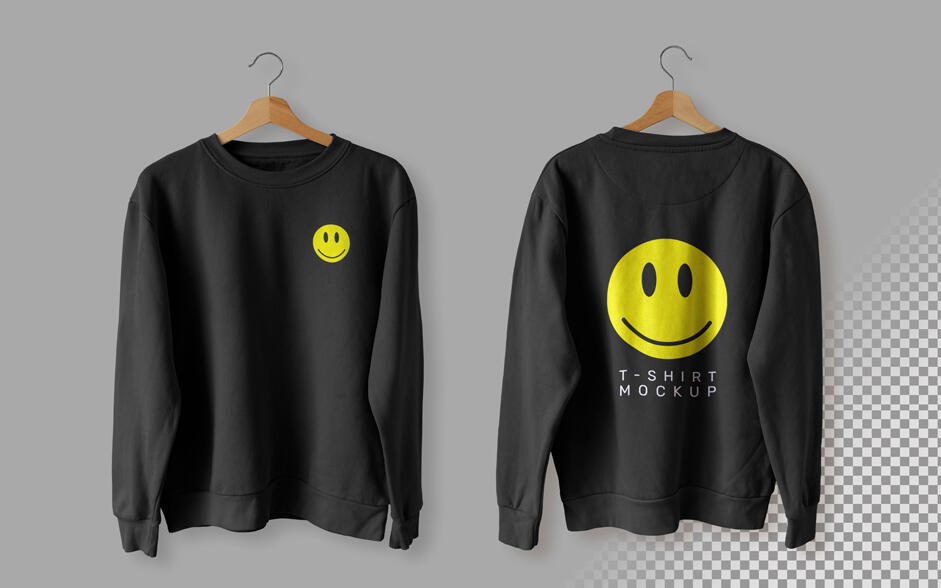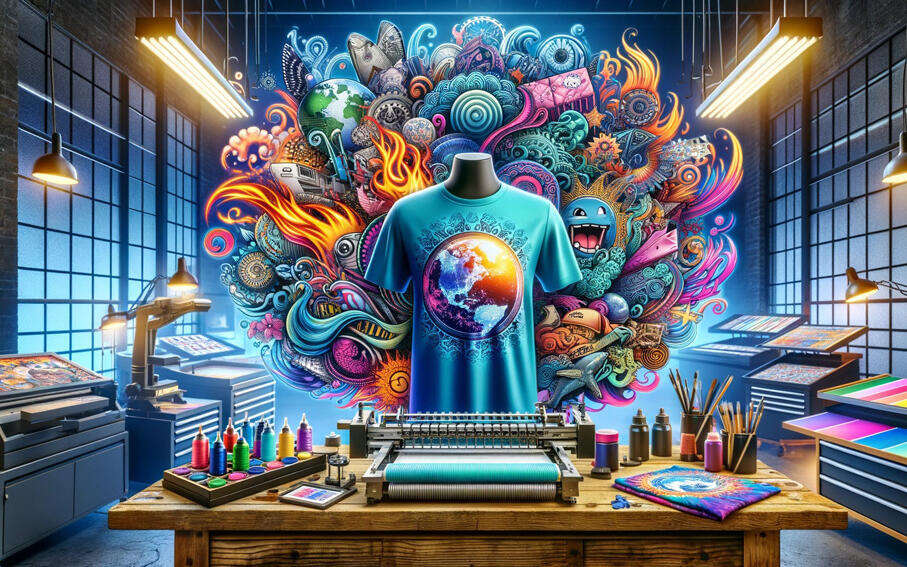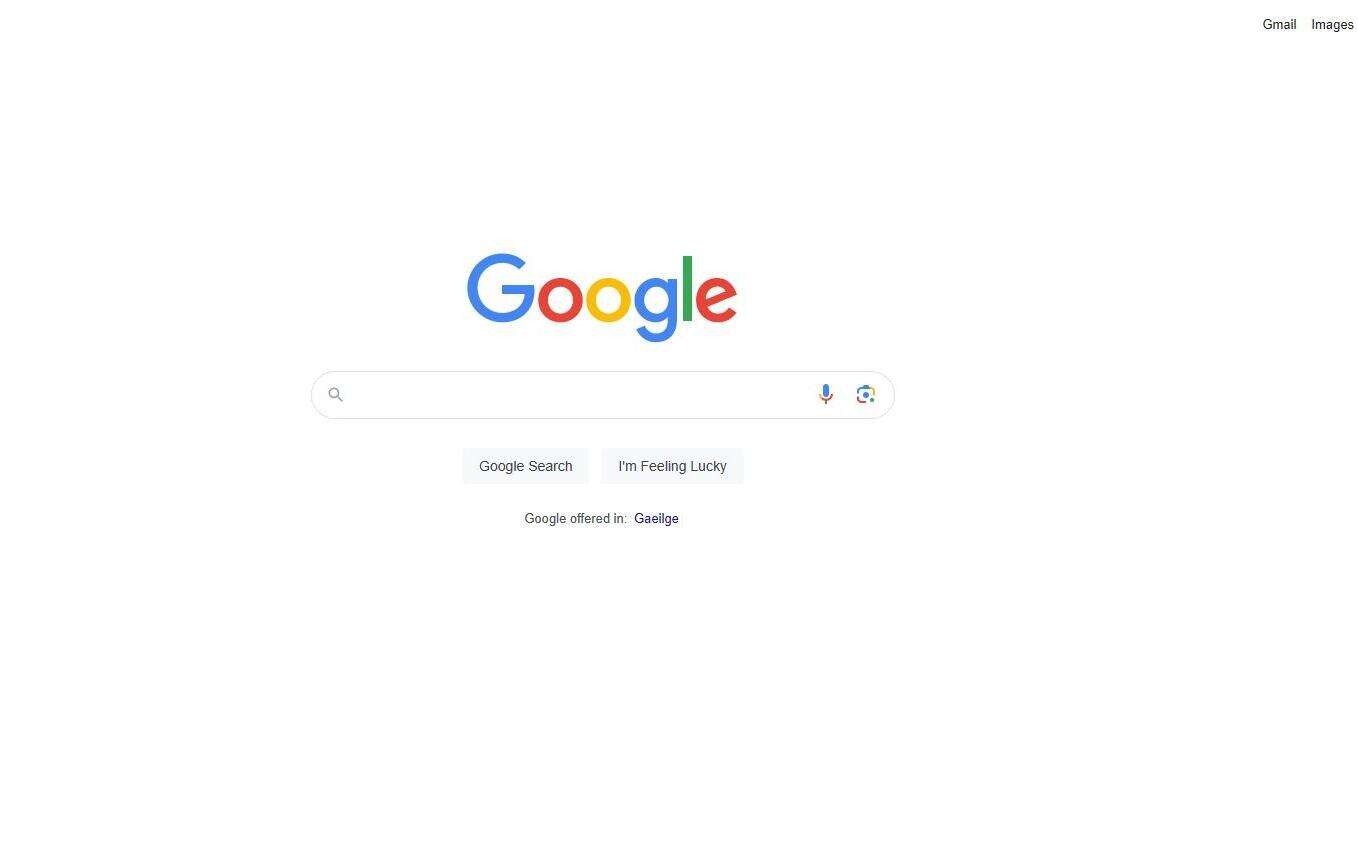Introduction
Hey there, music lovers and fashion aficionados! Ever caught yourself rocking a band tee not just because you love the music but because it's a style statement? Well, you're not alone. Band merchandise has come a long way from being just a memento you pick up at a concert. Today, it's a multi-billion dollar industry that intersects the worlds of music, fashion, and even pop culture.
Why is this relevant now, you ask? With the music industry continually evolving, band merch has become an essential revenue stream for artists, especially in the age of digital music where album sales aren't what they used to be. Plus, let's be honest, who doesn't love flaunting their favourite band on a cool graphic tee or a limited edition hoodie?
So, what's in store for you in this blog post? We're taking you on a fascinating journey through the evolution of band merchandise. From its humble beginnings with Elvis Presley fan clubs to its modern-day impact as a fashion and cultural icon, we've got it all covered. You'll learn about the key milestones, the game-changing moments, and even some controversies that have shaped this industry.
Ready to dive in? Let's hit the high notes!
The Humble Beginnings
The Role of Elvis and Early Rock 'n Roll
Let's rewind the tape all the way back to the late 1950s. The King of Rock 'n Roll, Elvis Presley, wasn't just shaking up the music scene; he was setting the stage for what would become a merchandising revolution. Believe it or not, the concept of band merchandise can be traced back to an Elvis fan club that reportedly made the first concert tee. This wasn't just a piece of clothing; it was a badge of honour, a sign of belonging to a tribe that shared the same musical tastes. Elvis and his team quickly caught on, and thus began the era of official concert merchandise.
The Concept of "Walking Billboards"
Fast forward to the late 1960s, and enter Bill Graham, a rock concert promoter with a vision. He saw fans wearing band t-shirts not just as supporters but as "walking billboards." Imagine thousands of fans walking around, advertising their favourite bands—talk about free marketing! This idea was revolutionary at the time and turned everyday fans into brand ambassadors. The concept took off like wildfire, and band t-shirts evolved from special fan club memorabilia to everyday items that people proudly wore. The t-shirt had transformed into a "walking billboard," creating a win-win situation for both fans and artists.
The Commercial Boom
The 1950s and the Birth of Promotional Products
Ah, the 1950s—a decade that not only gave us rock 'n roll but also laid the groundwork for the commercial explosion of branded merchandise. While the concept of promotional products can be traced back even further, it was the post-war boom of the '50s that really set the stage for what we know today as band merchandise. Companies began to realize the power of branding, and what better way to spread the word than through merchandise? Jasper Fremont Meek, often considered the pioneer of promotional products, started this trend way back in 1878 with branded burlap book bags. But it was the '50s that saw this idea go mainstream, making band merchandise a lucrative avenue for artists and promoters alike.
The Financial Impact of Merchandise on the Music Industry
Let's talk numbers, shall we? Merchandise isn't just a side hustle for bands; it's a major revenue stream. In recent years, merchandise accounted for a staggering $3.1 billion in global sales. To put that into perspective, the gross revenue from live music concerts worldwide was $4.88 billion. Yes, you read that right—merch is big business! Artists like AC/DC and the Rolling Stones have even reached the point where they make more from merch sales than ticket sales. This shift has been especially crucial in the digital age, where traditional album sales have dwindled. Merchandise has become an essential part of an artist's financial portfolio, often making the difference between just breaking even and turning a substantial profit.
The Game Changer: The 1970s
Introduction of Take-Home Concert Goods
The 1970s were a time of change, not just in music but also in how fans interacted with their favourite artists. Gone were the days when a concert was just a one-night affair; artists wanted to give their fans something to take home, something to remember the experience by. Enter take-home concert goods. Artists like Queen, ABBA, and Elton John, who were selling out stadiums worldwide, began offering more than just music; they offered an experience. Fans could now buy everything from branded t-shirts to posters and even vinyl records right at the concert venue. These take-home goods became a staple, turning concerts into mini-shopping experiences and adding a new revenue stream for artists.
The Rise of Band Merchandise as a Commercial Market
The 1970s didn't just introduce the concept of take-home concert goods; they legitimized band merchandise as a commercial market in its own right. What started as a way to make a few extra bucks turned into a full-fledged industry. Concert promoters began to see the potential for serious profit. For instance, a single tee for a Yes tour in 1973 raked in a whopping $250,000 profit! This was the era when band merchandise transitioned from being a fan-centric endeavour to a commercial juggernaut. Artists and promoters alike realized that merchandise wasn't just a way to connect with fans; it was a way to make serious money.
Modern-Day Merch
The Concept of Merch Drops
Welcome to the era of the "merch drop," a marketing strategy that's taken the industry by storm. Unlike the continuous availability of traditional merchandise, merch drops are limited-time, often surprise releases that create a sense of urgency and exclusivity. Artists like Travis Scott and Lil Wayne have mastered this art, turning each drop into a highly anticipated event. Fans eagerly await these releases, and items often sell out within minutes, creating a buzz that's worth its weight in gold. The merch drop has become a cultural phenomenon, adding a layer of excitement and engagement that goes beyond the music.
Collaborations with Style Icons and Limited Edition Ranges
But wait, there's more! Modern-day merch isn't just about the artist; it's about creating a lifestyle. Artists are now collaborating with fashion designers, influencers, and even other brands to create limited edition ranges that go beyond the typical band tee. Take Billie Eilish's collaboration with fashion brand Freak City, for example. These collaborations elevate band merchandise to a whole new level, making them collector's items and fashion statements. Limited edition ranges often include everything from apparel to accessories and even home goods, offering fans a way to incorporate their favourite artists into every aspect of their lives.
Controversies and Challenges
Ethical Considerations
As the band merchandise industry has grown, so have the ethical questions surrounding it. One of the major concerns is the issue of sustainability and ethical production. With fast fashion being a significant contributor to environmental degradation, the question arises: How sustainable is band merch? Many artists and brands are now moving towards eco-friendly merchandise, but there's still a long way to go. Additionally, there's the issue of labour practices. Who is making your favourite band tee, and under what conditions? Ethical considerations like these are becoming increasingly important as consumers become more conscious of their choices.
The Debate Over Merch Drops Bundled with Album Downloads
Here's where it gets a bit tricky. In recent years, some artists have bundled their merch drops with album downloads to boost their chart positions. While this strategy has been successful for some, it's also sparked a debate within the industry. Critics argue that this practice inflates album sales and disrupts the integrity of music charts. For instance, DJ Khaled faced backlash for bundling his album with energy drinks, leading Billboard to revaluate its chart rules. The debate is ongoing, and it raises questions about the future of both the music and merchandise industries.
Band T-Shirt Timeline
1956: Elvis Presley's First Merch
The King of Rock 'n Roll, Elvis Presley, sets the stage for band merchandise by producing t-shirts to advertise four of his singles. This marks the beginning of official band t-shirts, turning fans into walking advertisements for their favourite artists.
1964: The Beatles Take America
The Beatles celebrate their first U.S. tour by creating music t-shirts for their fans. The shirts become an instant hit, further solidifying the role of merchandise in the music industry.
1967: The Monkees Make Their Mark
The Monkees, a band formed for a TV show, create concert t-shirts for their tours. This shows that even bands created for entertainment purposes recognize the commercial potential of merchandise.
1968: Bill Graham's Winterland Productions
Bill Graham’s Winterland Productions becomes the first manufacturing company dedicated to producing band t-shirts. This marks the beginning of the commercialization of band merchandise.
1971: The Grateful Dead's Tie-Dye Revolution
The Grateful Dead launch their iconic tie-dye shirt, marking the birth of a 40-year tradition and adding a unique, artistic flair to band merchandise.
1973: The Allman Brothers, Grateful Dead, and The Band
Concert promoters produce a shirt for a music fest featuring The Allman Brothers, Grateful Dead, and The Band. This is one of the first instances of multiple bands being advertised on a single piece of merchandise.
1985: Run-DMC's Universal Tees
Hip-hop design legend, Cey Adams, creates the now-universal Run-DMC tees, showing that band merchandise isn't limited to just rock and roll.
1991: Nirvana's Smiley Face
A concert poster features the Nirvana logo with a smiley face, which quickly becomes ubiquitous. This design becomes one of the most iconic pieces of band merchandise ever created.
From the humble beginnings of Elvis Presley's fan-made t-shirts to the modern-day phenomenon of merch drops and high-fashion collaborations, band merchandise has evolved into a multi-billion dollar industry. It's not just about showing off your favourite band anymore; it's about being part of a larger community, a lifestyle, and even a movement.
The significance of this evolution can't be overstated. Band merchandise has become an essential revenue stream for artists, especially in an era where traditional album sales are dwindling. It's also become a way for fans to connect more deeply with the artists they love, turning concerts into experiences that extend far beyond the music.
So, what's next for you? Are you inspired to explore the world of band merchandise further? Maybe you're thinking about creating your own custom t-shirt to celebrate your favourite band. Whatever your interest, we've got you covered:
- For a wide range of band merchandise, check out our Merchandise Collection.
- If you're feeling creative and want to bring your unique designs to life, explore our Custom T-Shirt Printing Services.
We'd love to hear your thoughts and experiences with band merch. Feel free to share in the comments below or on our social media channels. Let's keep the conversation going!








Comments (0)
Add a Comment